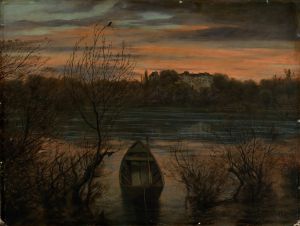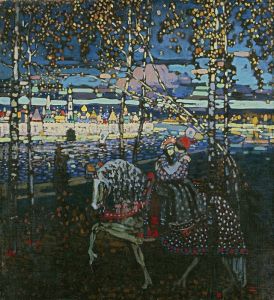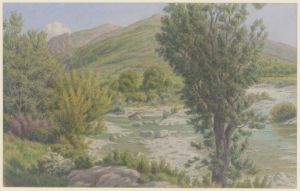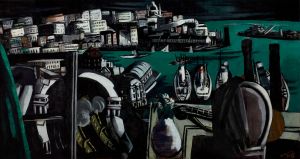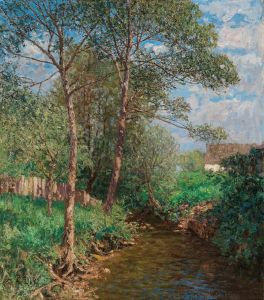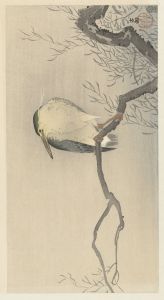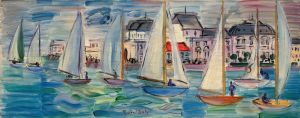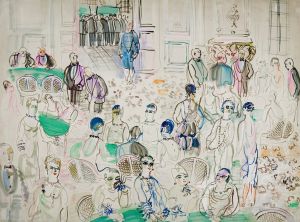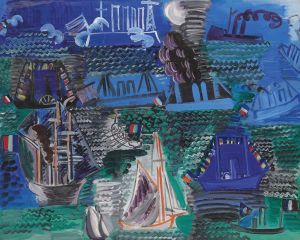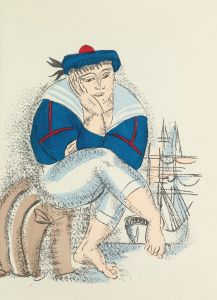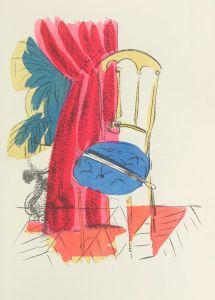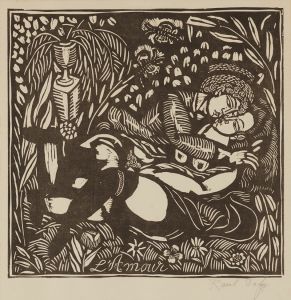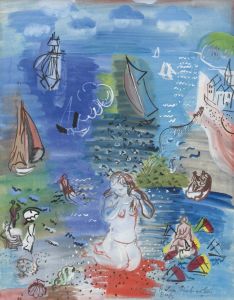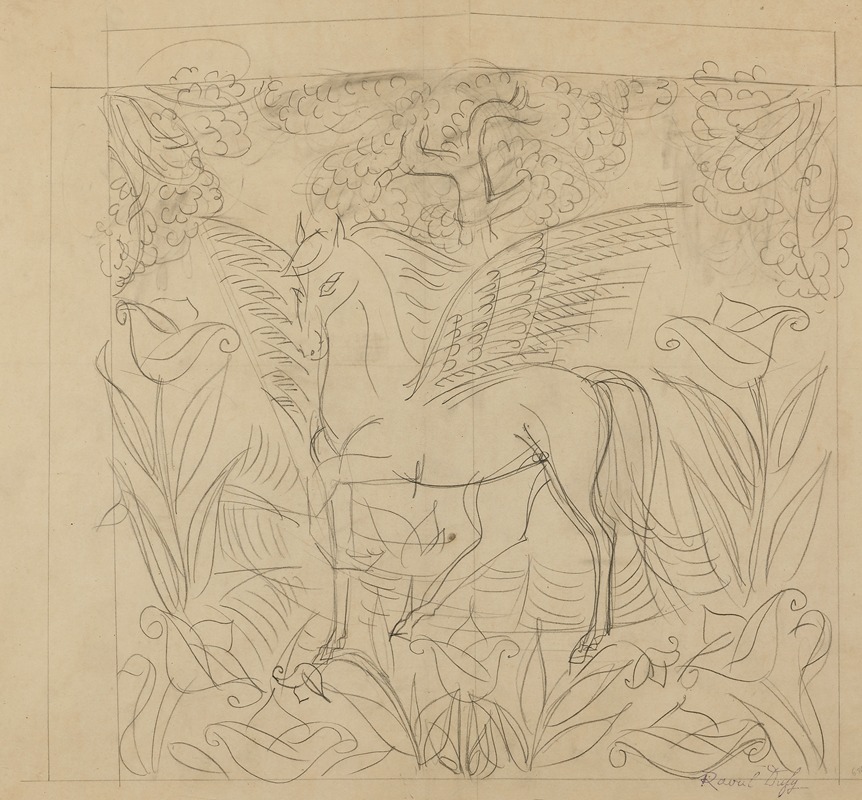
Pégase
A hand-painted replica of Raoul Dufy’s masterpiece Pégase, meticulously crafted by professional artists to capture the true essence of the original. Each piece is created with museum-quality canvas and rare mineral pigments, carefully painted by experienced artists with delicate brushstrokes and rich, layered colors to perfectly recreate the texture of the original artwork. Unlike machine-printed reproductions, this hand-painted version brings the painting to life, infused with the artist’s emotions and skill in every stroke. Whether for personal collection or home decoration, it instantly elevates the artistic atmosphere of any space.
Raoul Dufy (1877–1953) was a French Fauvist painter known for his colorful and decorative style, which often depicted leisure activities and landscapes. One of his notable works is "Pégase," a painting that reflects his interest in mythological themes and his distinctive approach to color and form.
"Pégase" is a representation of Pegasus, the mythical winged horse from Greek mythology. This subject matter aligns with Dufy's fascination with classical themes, which he often reinterpreted through his modernist lens. The painting is characterized by Dufy's signature use of vibrant colors and fluid lines, which convey a sense of movement and dynamism. Dufy's style often involved the use of bold outlines and a flattened perspective, which can be seen in "Pégase." This approach allows the viewer to focus on the interplay of colors and shapes, rather than on realistic depiction.
Dufy's work, including "Pégase," is often associated with the Fauvist movement, which emphasized painterly qualities and strong color over representational or realistic values. The Fauves, including artists like Henri Matisse and André Derain, were known for their radical use of color, which they used to express emotion rather than to describe the natural world. Dufy adopted this approach, but he also incorporated elements of decorative art, which is evident in the ornamental quality of "Pégase."
Throughout his career, Dufy was influenced by various artistic movements and styles. He was initially inspired by the Impressionists, particularly Claude Monet, but later embraced the bold colors and simplified forms of Fauvism. His work also shows the influence of Cubism, although he maintained a more decorative and less abstract approach than some of his contemporaries. Dufy's interest in decorative arts is reflected in his collaborations with textile designers and his work on public murals, which often featured similar themes and styles as his paintings.
"Pégase" exemplifies Dufy's ability to blend classical themes with modernist techniques. The painting's composition and use of color create a sense of harmony and rhythm, which are hallmarks of Dufy's work. His ability to convey movement and vitality through color and line has made his paintings enduringly popular.
Raoul Dufy's contribution to modern art extends beyond his paintings. He was also a prolific illustrator and designer, working on a variety of projects ranging from book illustrations to stage sets. His work in these areas further demonstrates his versatility and his commitment to integrating art into everyday life.
In summary, "Pégase" by Raoul Dufy is a vibrant and dynamic representation of a mythological subject, showcasing the artist's unique style and his ability to blend traditional themes with modernist techniques. Dufy's work continues to be celebrated for its color, energy, and decorative quality, making him a significant figure in the history of modern art.





